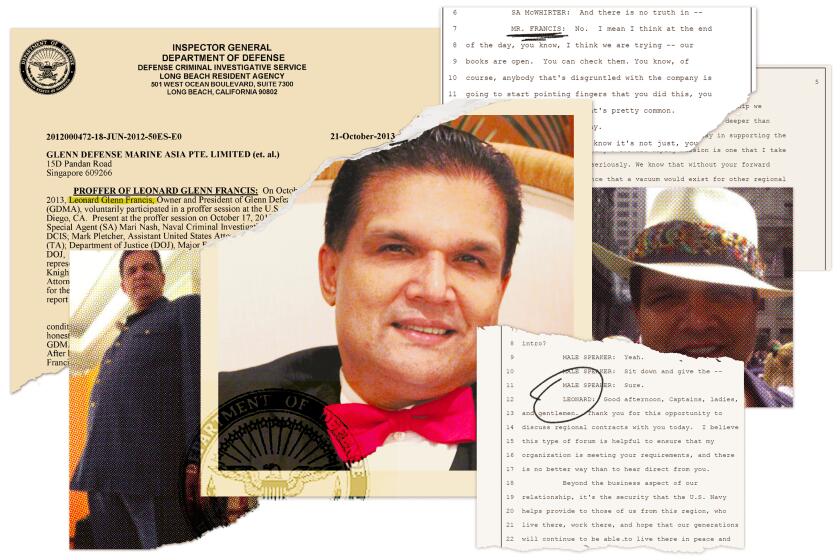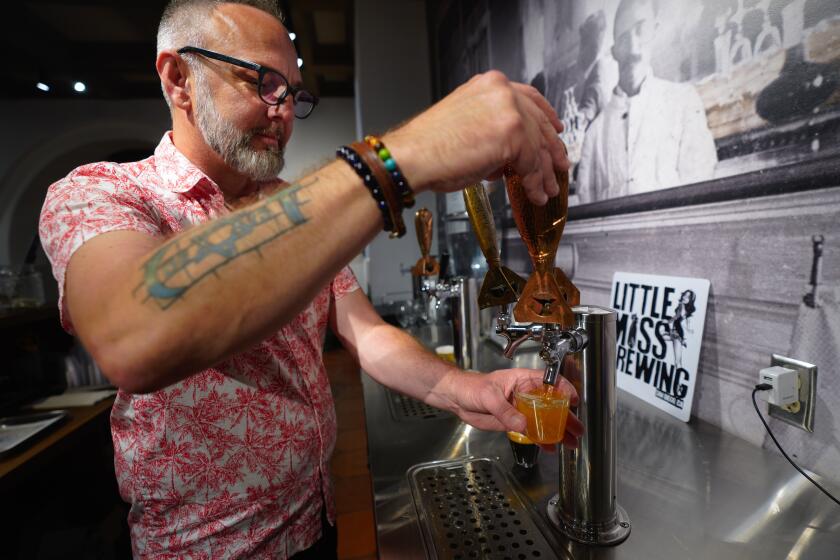Lawyer for Tasered man blames border agents

Video provided by Equality Alliance of San Diego shows undocumented immigrant Anastasio Hernandez Rojas lying on the ground surrounded by border agents and officers tasing and allegedly beating him. He later died.
Lawyers for the family of a Mexican man who died in a confrontation with U.S. border law enforcement officers in 2010 said in a court filing this week that agents changed and embellished their version of the incident to depict that he was combative and violent.
Anastasio Hernandez Rojas, 42, was beaten and shot with a Taser while handcuffed in an area of the San Ysidro Port of Entry the night of May 28, 2010. The incident involved as many as 20 agents and officers from the Border Patrol, Customs and Border Protection, and Immigration and Customs Enforcement, and led to an outcry by activists over treatment of individuals by border law enforcement.
Hernandez Rojas died in a hospital three days later. The medical examiner said he suffered a heart attack while being restrained, and had an enlarged heart and traces of methamphetamine in his system. His family is suing the officers and the government in federal court over the death.
In previous court filings, the officers depicted Hernandez Rojas as truculent, then aggressive, and eventually fiercely combative.
Eugene Iredale, the lawyer for the man’s family, contends key elements of that version are contradicted by footage from cellphone videos and in eyewitness accounts. Iredale said there also are discrepancies in the statements agents and officers gave to the San Diego police and later to lawyers.
For example, two ICE agents who struck Hernandez Rojas with batons said they saw him fighting and throwing punches at two Border Patrol agents who were deporting him to Mexico. One of the ICE agents later said Hernandez Rojas was using a belt and swinging it — a detail no one else recalled, Iredale said.
And neither of the two Border Patrol agents, Philip Krasielwicz and Gabriel Ducoing, testified that he punched them or hit them with a belt, the lawyer said.
The 160-page court filing includes 64 separate exhibits, including videos from surveillance cameras, audio interviews of witnesses and the defendants conducted by San Diego police in the days after the incident, and depositions of the defendants taken in the past year.
It says the entire altercation began when Hernandez Rojas, who was arrested after illegally entering the U.S., misunderstood a command from Ducoing to dump out a bottle of water. He was told in Spanish to “put the water in the trash,” and instead of discarding the container he poured the liquid out.
A surveillance camera from inside the port shows that Ducoing then knocked the jug out of his hand and put Hernandez Rojas against a wall. He then kicked his feet apart. Hernandez Rojas complained, saying he was hurt. He had two screws in his ankle from a previous injury.
Iredale said that inside the station Hernandez Rojas continued to complain about his injury and said he wanted to file a complaint. Videos show him speaking with Ducoing and other agents for about 20 minutes, gesturing to his ankle, the lawyer said.
Instead of calling a doctor or taking a complaint, Iredale wrote that the station supervisor told Hernandez Rojas he would be immediately deported to Mexico. He was led out of the station by Ducoing and Krasielwicz to a fenced area called “Whiskey 2.” The agents removed one handcuff and told him to put his hands on his head.
Apparently, he moved his hands downward. That led the agents to roughly grab him and he struggled with them, Iredale said, but he did not throw punches. At that point, the two ICE agents arrived with batons and began to strike him, triggering a 20-minute struggle.
It ended when Customs and Border Protect Officer Jerry Vales shot him with a Taser. Iredale said cellphone videos taken by passers-by show Hernandez Rojas was not kicking or resisting, and after being shot had several officers kneeling and sitting on him as he lay face down on the ground.
The court filing says the agents took cellphones from some passers-by and deleted videos and pictures of the confrontation. It said that Vales, after the struggle with Hernandez Rojas was over, noticed people on the nearby pedestrian walkway taking cellphone images.
Vales told a San Diego police detective two days after the incident that he radioed to his colleagues that “somebody needs to get over there and apprehend them, stop them from getting those photos.”
Customs and Border Protection Officer Ramon De Jesus and a second officer did so, taking cameras from two people and erasing several photos, according to the court filing. When questioned at a deposition, De Jesus invoked his Fifth Amendment right against self-incrimination 44 times, the filing said.
He cited a federal grand jury investigation into the incident that began in late 2012.
Charles Berwanger, the attorney for De Jesus, said Friday that taking photographs in the port of entry area is prohibited for security reasons. Customs and Border Protection policies prohibit visitors to the ports from taking photos without prior approval.
Berwanger said his client invoked the Fifth Amendment right out of caution. “We’re very sensitive to the fact that the grand jury is still sitting,” he said. “Given that circumstance we’re very concerned our clients not be exposed to any additional liability.”
Iredale’s filing also questions the conclusion that Hernandez Rojas had methamphetamine in his system that night. He said the medical examiner’s test of a blood sample that detected the drug showed no trace of the another drug, phenylephedrine.
Hospital records show Hernandez Rojas was given that drug, which is used to increase blood pressure in patients, six times in the 80 minutes before his blood was drawn. Its absence on the test raises questions, Iredale said Friday.




